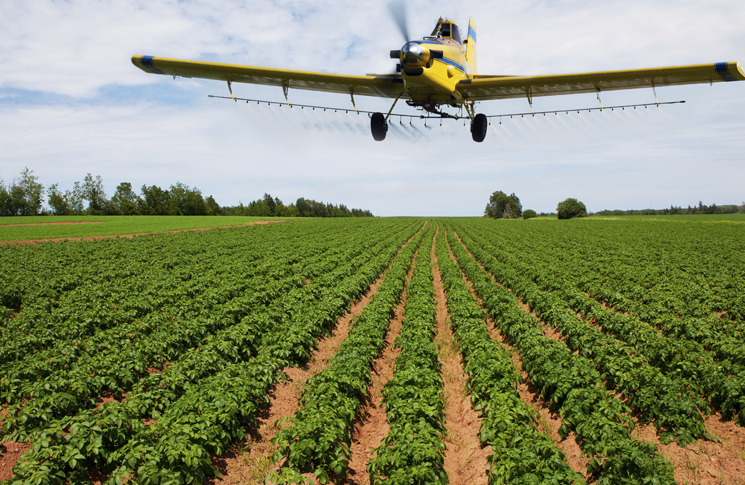The philosophy of sector safety risk profiling can be found in a 19th century quote attributed to Otto von Bismarck, Germany’s ‘iron chancellor’: ‘Only a fool learns from his own mistakes. The wise man learns from the mistakes of others.’
Bismarck’s words, applied in the aviation world are undeniably true. Learning from ‘mistakes’ of others is one of the arterial feeds to achieve enhanced flight safety. It is also the rationale behind accident investigation, flight data recording, safety conferences, and this publication.
A sector safety risk profile (SSRP) could be called organised ‘Bismarcking’; a focused process aimed at discovering safety lessons from the experience of many. A sector is a distinct aviation activity such as aerial application, mustering, private general aviation or passenger air transport. Each sector has its own characteristics and a unique combination of risks.
A sector safety risk profile looks not just at past occurrences (‘the mistakes of others’) but at ongoing and emerging risks. It is a way of examining the underlying influences on safety within a given sector.
The sector safety risk profiling method is based around capturing the knowledge, experience and perceptions of as many participants as possible from within the sector. This means collecting occurrence data of incidents and accidents, as well as talking to the people currently operating in a particular sector. Their insights add a mix of fact and opinion combined with data, such as industry studies and demographics, and expressed as set of risk statements. These provide a framework for regulators and industry sector participants to examine risks and to identify where improvements can be made, sector by sector.
CASA has published sector safety risk profiles for the aerial application, aerial mustering, aerodrome and small aeroplane transport sectors. Other sectors for which SSRPs have been finalised include large aeroplanes (with seating capacity in excess of 96 seats), medical transport (fixed and rotary wing), offshore helicopter transport and commercial hot air balloons.
Sector safety risk profiling offers four advantages:
- Consultation is driven by industry sector subject matter experts and CASA;
- Sector risk registers are jointly developed, including risks attributes such as causes, current controls and future treatments;
- It promotes an assurance mapping process which contains a gap analysis of the sector risk register and each sector entity’s risk register;
- It introduces a ‘living risk profile’ by implementing and integrating the risk register into an operator’s Safety Risk Management practice and into the authority’s safety sector surveillance program responding to identified emerging risks.
CASA and the Civil Aviation Authority of New Zealand (CAANZ) are collaborating on sector safety risk profiles.
‘This joint approach feeding two data sets provides for the opportunity to analyse the two sets of information identifying common factors. This information is also utilised in developing the risk profile,’ CASA’s manager for strategic analysis, Fred Fernandes, says.
CAANZ sector risk profile lead John McKinlay says the similar aviation sectors and general cultures of Australia and New Zealand make joint SSRPs a good idea. ‘We’ve got similar cultural backgrounds and similar ways in which we approach and think about things,’ he says.
‘We’re probably the best benchmark partners to have because of those similarities and because of the diversity of our industries. We’ve both got big general aviation industries, and airline sectors with multiple operators coming to our respective countries.’
Fernandes says an SSRP requires frank reporting and active participation from industry members. ‘Sector participants have a strong incentive to contribute to the risk profile. It’s their profile and it can enhance their safety. Once completed, the risk profile is then made available to sector participants, who can draw from their own sector developed SSRP.’
McKinlay says the most robust SSRPs must look further than mandatory occurrence reports. For example, voluntary reporting can enrich data, McKinlay says, by including seemingly minor incidents that have significant ramifications. This is where joint industry sector workshops are the best way to achieve this.
While SSRP includes historical data it also aims to discover future trends and directions, McKinlay says.
Fernandes says, ‘the workshops are both to discover what you can’t find in the data and to validate what you can find in the data. It works both ways.
McKinlay highlights that workshops have an important role to play in turning an SSRP’s (safety risk profile, or SRP, in New Zealand) insights and recommendations into safety actions by operators.
CASA and the CAANZ aim to collaborate on future SSRPs, and are working to develop common methodology, data sharing protocols and joint actions addressing common risks.



Comments are closed.